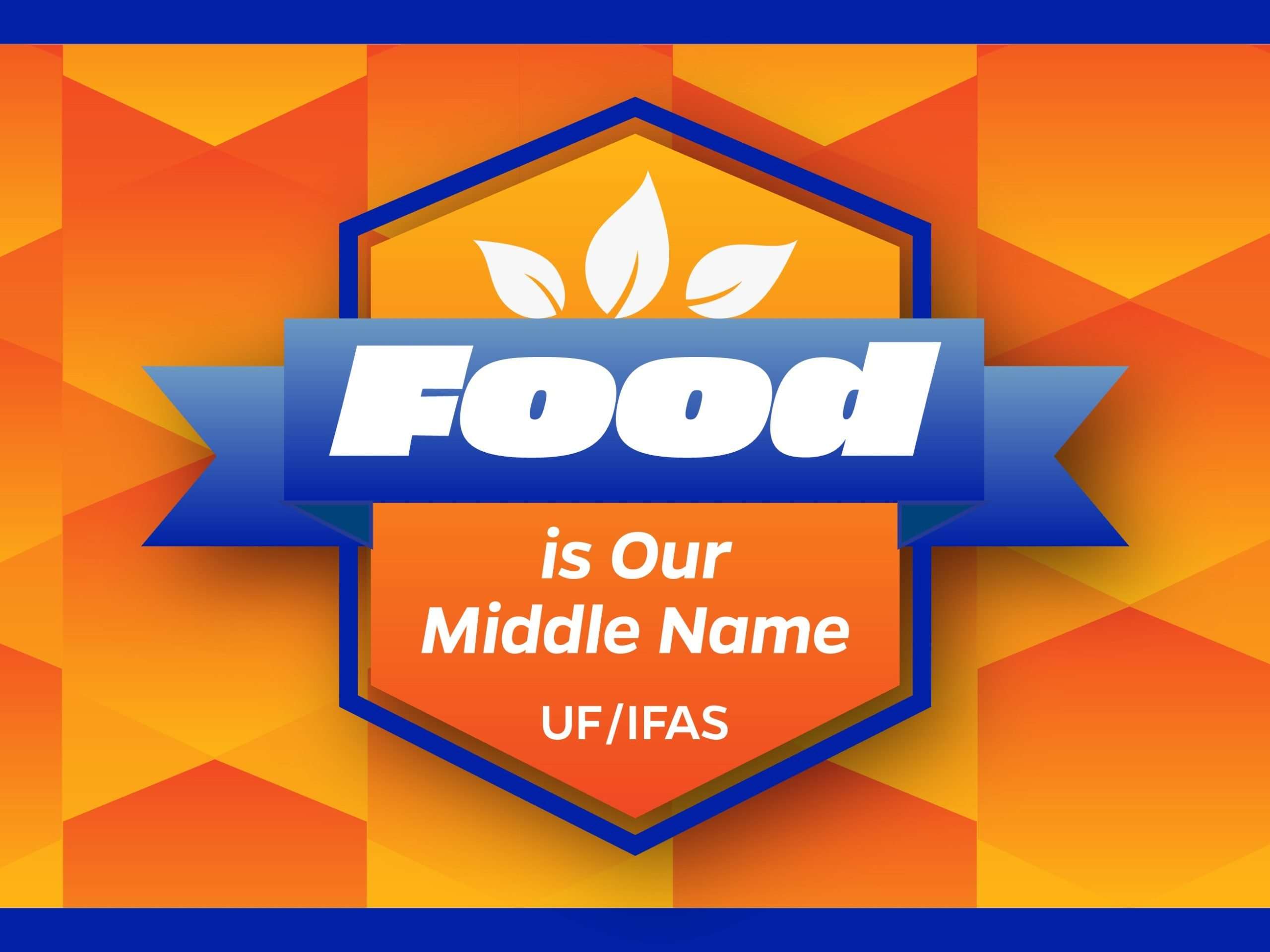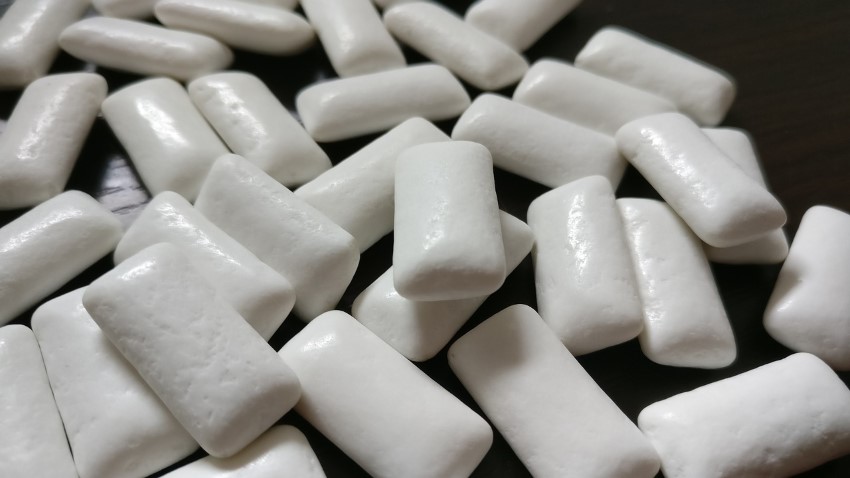Feature Video: UF/IFAS researcher Geoffrey Meru is developing new varieties of this tropical pumpkin to make it possible to grow these long vine vegetables in a greenhouse. Credit: UF/IFAS
If you have eaten at various Caribbean, Central or South American restaurants, you might be familiar with a specialty pumpkin called the calabaza.
Traditionally prepared in several ways as a key ingredient for mouthwatering stews, soups, sides, breads and even desserts, it is the center of the plate for a team of University of Florida scientists hoping the gourd is ripe for a new industry in the Southeast.
With two years of research in the books, Geoffrey Meru, a UF/IFAS vegetable geneticist and his team at the UF/IFAS Tropical Research and Education Center in Homestead have laid the groundwork. They hope to release the powerful potential of the calabaza that packs a punch for its nutritional content, adaptability and sustainability.
“The calabaza is a nutritional powerhouse with much versatility that produces little waste because you can use the flesh, the seeds and even the rind,” said Meru. “It is easy to grow, almost pest-free and an excellent crop you can use in rotation with others.”
Currently, most of the pumpkin seed consumed in the United States is imported, creating the need to breed high-yielding and nutritious accessions that are locally adapted to various zones in the country. To meet the current and projected domestic demand for pumpkin seed, growers must have access to pumpkin cultivars with optimized seed yield, size and nutrition.
Because growing the calabaza is adapted to Florida’s tropical climate with minimal irrigation requirements, Meru and his team have been researching its qualities as a sustainable crop to grow commercially in Florida, Georgia, Alabama and Puerto Rico.
Thanks to a $399,999 grant from the U.S. Department of Agriculture Southern Sustainable Agriculture Research and Education (USDA-SSARE), the research is at a critical stage. They have developed a variety of breeding lines and tested 20 varieties with four growers, two in Florida, one in Alabama and one in Georgia.
They have conducted the necessary socioeconomic analysis to determine consumer product preferences such as color, flavor and price. They’ve also gathered data to assess grower and grocer preferences of cultivars.
The attributes growers and grocers are looking for in the calabaza include size, yield and how consumers prefer to select the product at the local grocery store, whether sliced in quarters or halves, chopped or made available whole.
“We have narrowed the selection to two cultivars and four breeding lines that are good for growing in these regions commercially,” said Meru. “We have conducted the necessary nutritional analysis and hope to release the two cultivars that will support the calabaza industry.”
The most recent ethnic market analysis for calabaza in Florida was estimated at a value of $5 million, while its total imports into the United States are estimated at $30 million.
Meru and his team have laid the groundwork for chefs, growers, consumers and a variety of industries by also focusing on whether the calabaza provides the right combination of profit, wider consumer demand and usefulness for a variety of industries. With the right combination, the calabaza could be the next pumpkin of choice for those working in the brewing, food, agriculture and health industries for its desirable qualities as a sustainable Florida crop.
The calabaza is known by several names such as the Cuban pumpkin or Cuban squash in Cuba, ayote in Central America, auyama in the Dominican Republic, kalabasa in the Philippines, and zapallo in South America. In South Florida’s Latin community, the Cuban pumpkin lends itself to tasty traditional holiday and winter recipes for Latin American cuisine.
About UF/IFAS

The mission of the University of Florida Institute of Food and Agricultural Sciences (UF/IFAS) is to develop knowledge relevant to agricultural, human and natural resources and to make that knowledge available to sustain and enhance the quality of human life. With more than a dozen research facilities, 67 county Extension offices, and award-winning students and faculty in the UF College of Agricultural and Life Sciences, UF/IFAS brings science-based solutions to the state’s agricultural and natural resources industries, and all Florida residents.
Why Food Is Our Middle Name

Feeding a hungry world takes effort. Nearly everything we do comes back to food: from growing it and getting it to consumers, to conserving natural resources and supporting agricultural efforts. Explore all the reasons why at ifas.ufl.edu/food or follow #FoodIsOurMiddleName.



